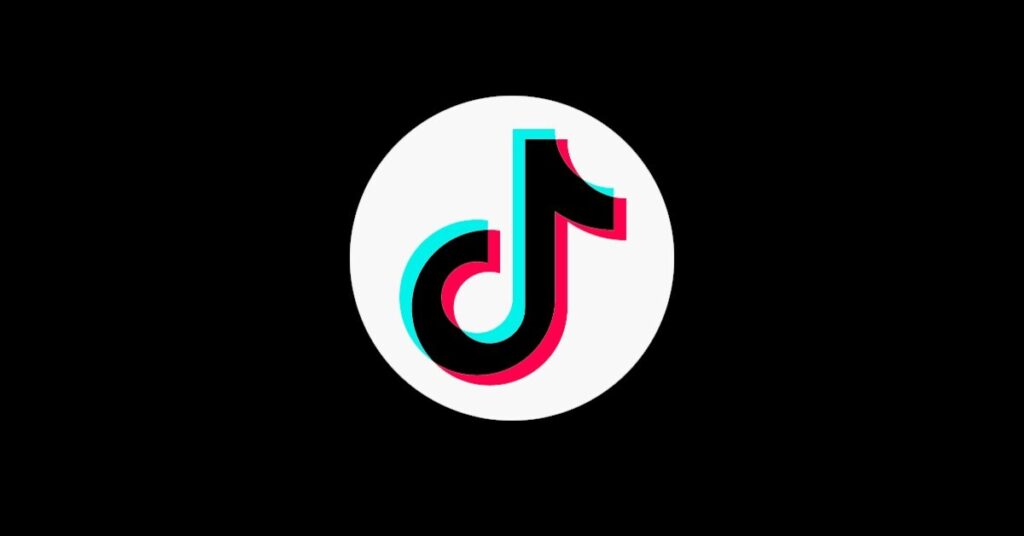Digital street art is emerging as an exciting new creative discipline, unbound by the constraints of traditional street art. Using new technologies like augmented reality (AR), virtual reality (VR), and 3D, digital artists are able to turn cityscapes into boundless canvases for their imaginations. Let’s explore the potential of digital street art in branding in more detail. We’ll discuss the benefits of this medium for brands, share examples of successful campaigns, and offer tips on how to get started
Pushing the Boundaries of Creativity
Unlike traditional street art, digital street art is not restricted by the need for physical space, materials, or permissions. Artists can now create the impossible, from fantastical creatures to transforming clocks, with just a camera, laptop, and creativity. Powerful new tools allow artists to seamlessly integrate 3D animations and visual effects into real environments. As digital artist Raghav Anil Kumar explains, “A lot of these ideas, if not impossible, would be highly unfeasible to do in the real world.” This ability to digitally manifest the unreal is expanding the creative possibilities for street artists.
Key Artists Redefining the Discipline
Given its emerging status, only a handful of artists have mastered digital street art so far. Pioneers in the space include UK-based Tobias Woldeck (@hati.hati.mas), Canada-based Camyl Buenaventura (@camylbuena), and India-based Raghav Anil Kumar (@shutterauthority). These and other artists are being supported by initiatives like the mentorship program developed by creative agency SuperHeroes NY and computer brand Lenovo Yoga.
Brands Highlighting the Medium’s Potential
Let’s take a look at some of the top brands that recognize the potential of this discipline and have utilized them in their marketing campaigns:
Lenovo
Recently, Lenovo and SuperHeroes launched a campaign to highlight the potential of digital street art. For the campaign, artists used Lenovo Yoga Pro 9i laptops and AI-powered tools to place their artworks digitally across cities. Creations included transforming clocks and magical phosphorescent leaves. As artist Raghav Anil Kumar shared, the laptop “flawlessly handled a pretty heavy particle simulation I did with thousands of leaves and flowers.” Campaigns like this showcase what’s possible with digital street art.
Nike
In recent times, several brands have been experimenting with digital street art as an innovative means of engaging with their customers and promoting their products. One such example is Nike, which has adopted augmented reality to create interactive murals that offer a unique shopping experience to customers. These murals allow customers to try on new products and even play games, thereby creating a more engaging and immersive shopping experience.
Coca-Cola

Another company that has effectively used digital street art to its advantage is Coca-Cola. The beverage giant has utilized virtual reality to create a digital world that takes customers through the brand’s history and culture. This virtual world allows customers to experience the brand’s rich heritage and connect with its values in a more meaningful way.
Samsung
Samsung, too, has jumped on the digital street art bandwagon by using digital murals to promote its latest products and services. These murals are designed to be visually striking and captivating, thereby drawing the attention of passersby and creating a lasting impression. By leveraging digital street art in this manner, Samsung is able to showcase its products in a more creative and innovative way, while also enhancing its brand image.
These are just a few examples of how digital street art can be used for branding. As the technology continues to develop, we can expect to see even more innovative and creative campaigns emerge in the future.
A New Frontier in Creative Expression
The rise of digital street art is driven by three key factors, according to Rogier Wielinga, Managing Director of SuperHeroes NY. Firstly, cities offer endless canvases and backdrops for digital art. Secondly, there are countless moments and events that can be brought to life through this medium. And thirdly, as a young medium, we have only just begun to scratch the surface of what’s possible. For brands and artists looking to explore digital street art, Rogier stresses the importance of preparation, storytelling, and remembering that anything is possible. As digital street art pushes creativity to new heights, it’s clear that this emerging discipline is only just getting started.
The Magic of Accessibility and Freedom
Digital street art has captured the imagination of artists and designers worldwide. For creators like Raghav, the appeal lies in accessibility and the freedom to turn wild ideas into reality. Digital art allows for the creation of incredibly realistic videos with augmented visual effects. In Raghav’s portfolio, one can witness visual effects and 3D animations seamlessly integrated into real-life backgrounds. From mythical monsters rampaging through cities to trees springing to life in a forest, digital street art turns dreams into breathtaking visuals that were once deemed unfeasible in the real world.
Key Takeaways
- Digital street art is using cutting-edge technologies to transform urban environments into canvases
- Prominent figures in this field include Tobias Woldeck, Camyl Buenaventura, and Raghav Anil Kumar
- Famous brands like Nike, Coca-Cola, Samsung, and Lenovo have all leveraged the potential of this discipline with some using AI-powered tools to digitally place artworks across various cities.
- Preparation and storytelling are key for brands and artists to truly harness the potential of digital street art.



